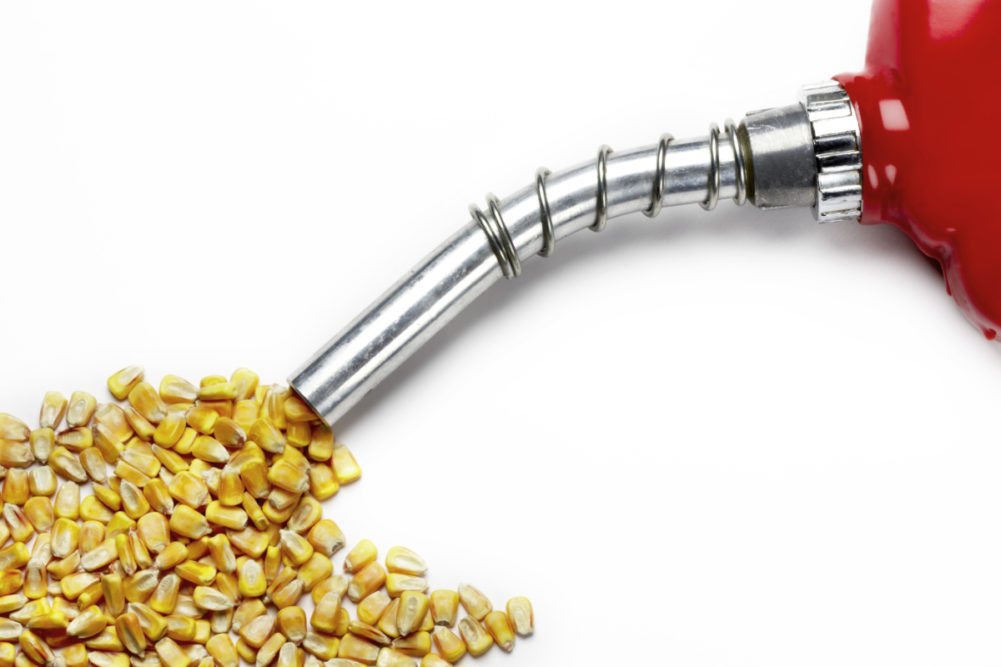LONDON, ENGLAND — The International Grains Council (IGC) on April 30 lowered its 2019-20 global grain consumption estimate by 11 million tonnes, due primarily to the sharp slowdown in demand for corn-based ethanol.
Fuel consumption has plummeted over the last six weeks as governments around the world have issued shelter-in-place orders, leading to a steep reduction in all types of travel.
“Disruptions caused by the COVID-19 pandemic have negatively impacted demand, particularly for industrial processing, and grains consumption is expected to be only modestly higher year on year,” the IGC said.
The IGC forecasts 2019-20 global grain output up 2% compared to the previous year at 2.176 billion tonnes, as a fall in corn output is more than offset by larger wheat and barley harvests.
“The global stocks projection is boosted by 12 million tonnes (month-on-month) and only a slight contraction (year-on-year) in total grains carryovers is expected,” the IGC said.
Global grains production in 2020-21 is forecast to increase by 43 million tonnes, to 2.218 billion tonnes, the IGC said, with the biggest increase for corn at 39 million tonnes at a record level of 1.158 billion tonnes.
Wheat also is projected to set a production record in 2020-21 at 764 million tonnes.
Consumption in 2020-21 is forecast to show a strong gain, to a new all-time high of 2.222 billion tonnes, up 41 million tonnes from the previous year, including increases for food ( up 10 million tonnes), feed ( up 14 million tonnes) and industrial uses ( up 17 million tonnes).
World grains stocks are expected to edge lower, as contractions for corn and barley are only partly offset by larger wheat inventories. Trade is predicted to rise by 1% in 2020-21, with shipments of corn seen expanding for the 12th successive year.
With a heavily reduced US harvest outweighing bigger crops elsewhere, the IGC forecasts world soybean output in 2019-20 dropping by 7% year-on-year. As consumption edges up, inventories are expected to plunge, centered on a significantly tighter US carryout.
Tied to an assumed rebound in acreage in the United States, where prices have moved in favor of soybeans, global output could rebound by 8% in 2020-21.
“Nevertheless, due to low carry-ins, a year-on-year increase in supplies is largely absorbed by expanded consumption, leaving inventories at a below-average 40 million tonnes,” the IGC said. “Tied to larger sales to China, global trade could expand by 3% a year, to a new high.”
The IGC Grains and Oilseeds Index (GOI) weakened by 3% month-on-month, led by a heavy decline for corn. The soybeans, wheat and barley sub-indices were also lower, but rice saw a solid gain.
Follow our breaking news coverage of the coronavirus/COVID-19 situation.






